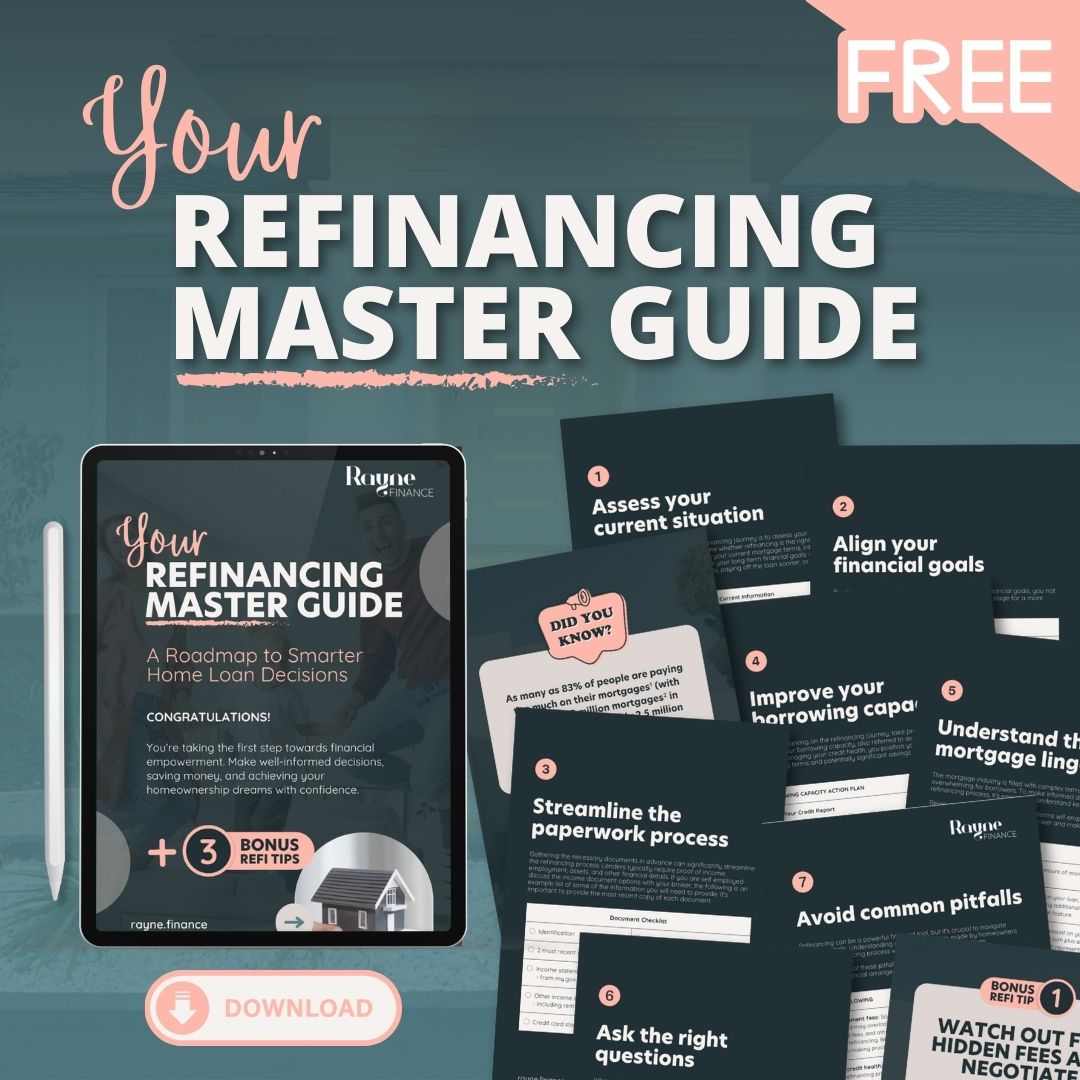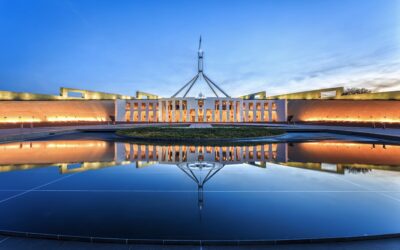Help to Buy – which is earmarked to begin later this year – will allow eligible buyers to enter the market with just a 2% deposit, without paying lenders mortgage insurance. The government will take an equity stake in the property, of up to 30% for an established home and up to 40% for a new home.
To be eligible for Help to Buy, the value of the property they purchase must be below a certain threshold.
The price caps – which vary from location to location – were recently increased. The new caps have been linked with the average house price (rather than the average dwelling price) in each state and territory, so that more than 5 million properties now fall under the new price caps.
Changes to how lenders view student loans
The financial services regular, ASIC, has issued new guidance around the way lenders consider student loan commitments, which should make it easier for younger Australians to qualify for mortgages.
It comes after Treasurer Jim Chalmers called on ASIC and the banking regulator, APRA, to change their guidance to lenders, so they could be more flexible in how they treated HELP-HECS debt.
As a result, ASIC has updated Regulatory Guide 209 Credit licensing: Responsible lending conduct (RG 209), by adding two new paragraphs.
The first new paragraph acknowledges that while a typical loan needs to be paid immediately and consistently, student loans need to be repaid only when the borrower’s annual income crosses a certain threshold (currently $54,435); and that repayments pause if the borrower’s income drops below that threshold.
The second new paragraph says lenders may be able to exclude student loan repayments from their serviceability assessments when borrowers have almost repaid their loans.
Broader lending policies remain unchanged
“The update acknowledges that HELP debts are different from other forms of debt because the amount that is required to be repaid depends on a person’s level of income,” ASIC said in a statement.
“The update is limited to the treatment of HELP debts in lending assessments. It does not change broader lending policies or responsible lending obligations.
Find out your borrowing capacity
Please get in touch if you’re thinking about buying a property.
We can let you know your borrowing capacity and can help you determine whether you may be eligible for the Help to Buy scheme later in the year.
Licensing statement: Rayne Finance ABN [70 605 100 838] is authorised under LMG Broker Services Pty Ltd Australian Credit Licence 517192. Disclaimer: (1) As with any financial scenario there are risks involved. This information provides an overview or summary only and it should not be considered a comprehensive analysis. You should, before acting in reliance upon this information, seek independent professional lending or taxation advice as appropriate and specific to your objectives, financial circumstances or needs. This publication is provided on the terms and understanding that: (2) LMG Broker Services Pty Ltd, Rayne Finance (Seed Lending Pty Ltd) and the authors, consultants and editors are not responsible for the results of any actions taken on the basis of information in this publication, nor for any error in or omission from this publication. (3) LMG Broker Services Pty Ltd, Rayne Finance (Seed Lending Pty Ltd) and the authors, consultants and editors, expressly disclaim all and any liability and responsibility to the maximum extent permitted by the law to any person, whether a purchaser or reader of this publication or not, in respect of anything, and of the consequences of anything, done or omitted to be done by any such person in reliance, whether wholly or partially, upon the whole or any part of the contents of this publication.
Explore other FAQs and Facts
How do green home loans work?
As Australians seek to minimise their carbon footprint, green loans are becoming popular. These loans finance energy-efficient homes, renovations, and eco-friendly products like solar panels, EVs, and insulation. With potentially lower rates and flexible terms, green loans also boost property value, as sustainable homes attract more views and sell faster.
Dream Home Dilemma: Should You Build or Buy your home?
Deciding whether to build a new home or buy an established one is a major step in your homeownership journey. Each choice has its own set of pros and cons, from the opportunity to customise your space to the convenience of moving into an existing home. Understanding these differences can help you make the best decision for your future.
9 things to prepare before buying a home
To ensure a smooth property purchase, start by boosting savings and avoiding job changes three months before applying for pre-approval. Check your credit report for errors, consult a mortgage broker, and choose a conveyancer. Research locations, attend open homes, and arrange inspections. Contact me for expert guidance and loan pre-approval.
Your quick guide to guarantor home loans
Saving for a deposit can be challenging, but a guarantor home loan offers a solution. By having a guarantor, typically a parent or relative, cover part or all of the deposit, buyers could enter the property market sooner. With this support, you might qualify for a home loan with just 5% or even 0% savings.
Government opens up more housing assistance places
The federal government has expanded the Home Guarantee Scheme, offering an additional 50,000 places for 2024-2025. This includes 35,000 spots for first home buyers, 10,000 for regional buyers, and 5,000 for single parents. Eligible applicants can secure a home with a low deposit and avoid lender’s mortgage insurance.
Understanding Australia’s Major Banks’ Anti-Scam Platform
Seventeen banks, including the big four, have joined forces to combat scams with the Fraud Reporting Exchange (FRX). This innovative system enables near real-time communication between banks, allowing them to swiftly report and respond to fraudulent payments as they move across institutions, enhancing security for all customers.
7 steps to increase your borrowing power
Borrowing power can vary significantly based on financial circumstances and lender choice. While two friends with similar profiles might get approved for different amounts, you can take steps to potentially increase your borrowing power. These steps include reducing expenses, increasing income, reducing debt, lowering credit card limits, improving your credit score, saving a larger deposit, and consulting a broker.
How redraw facilities and offset accounts can save you money
Offset accounts and redraw facilities both reduce the interest on your home loan by applying extra funds. Redraw facilities lower interest while providing conditional access to your money. Offset accounts, acting like savings accounts, offer easier access and higher interest savings, despite potential fees. Choose based on your need for fund accessibility and flexibility.
Federal Budget 24/25 – what does it mean for you?
Discovering the impact of the 2024/2025 Federal Budget is vital in navigating the current economic landscape. With a focus on addressing the cost-of-living crisis and bolstering the construction sector, measures such as infrastructure investment, rent assistance, and tax cuts aim to alleviate financial burdens and stimulate growth.
How a broker guides your way to owning your first home
Dreaming of your first home? A mortgage broker can be your guiding light. From assessing your borrowing capacity to breaking down costs and exploring deposit options, they make the journey smoother. With their expertise, owning your dream home in Australia becomes not just a dream, but a tangible goal.














